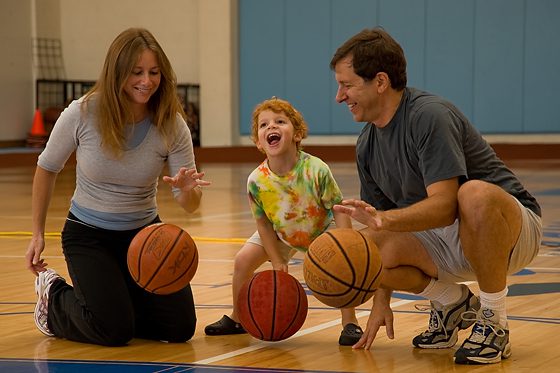
I am often asked to go to places and photograph where the lighting is just not that great. One of the worst places to go is to gyms.
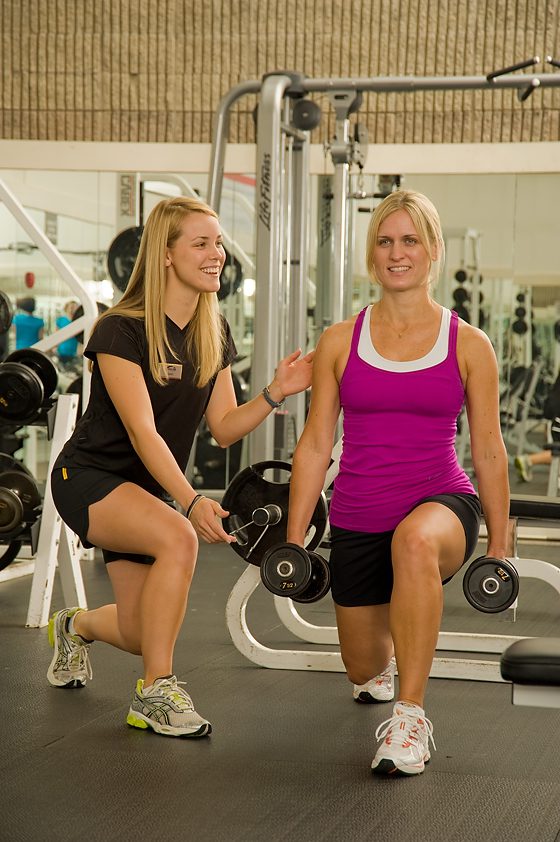
The reason is that they often use Fluorescent or Silver Halide lights that require you to shoot above 1/60 shutter speed if you are trying to freeze action. This can introduce banding into your photos. It can also change the color frame to frame, as shown here.
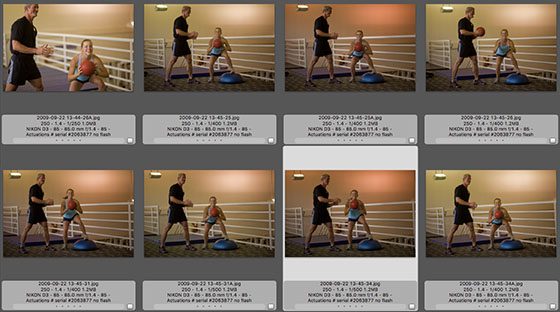
I thought. First, there was enough natural light coming into the room from the windows, but the lights hanging from the ceiling were impacting the walls and the people.
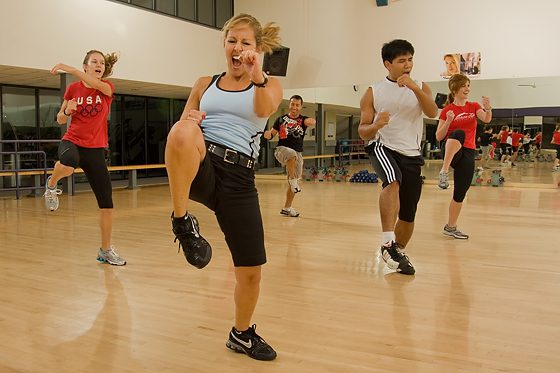
The easiest thing to do was to light the whole room up with four strobes pointing to the ceiling, and you fix a few things. Once the color looks much better, you can shoot at a lower ISO and reduce noise. Most importantly, there is a consistency that without the strobes, you would get color banding due to the lights flickering.
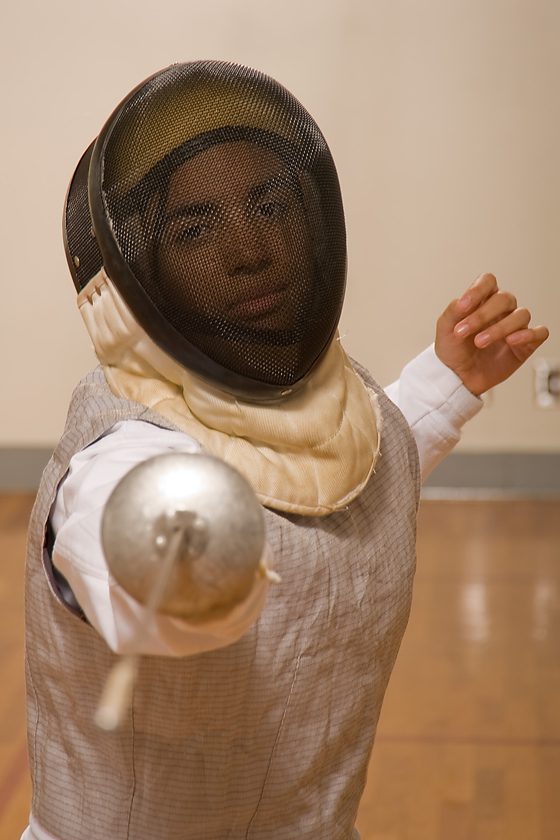
I had to drag the gear and set up the lights from room to room. This is why I hire photo assistants to help me out.
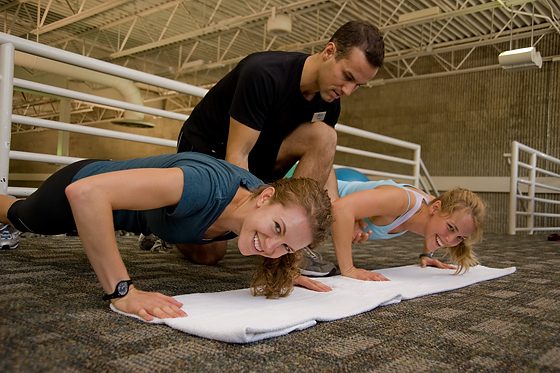
Here I overpowered the room lights but still picked up some natural light.
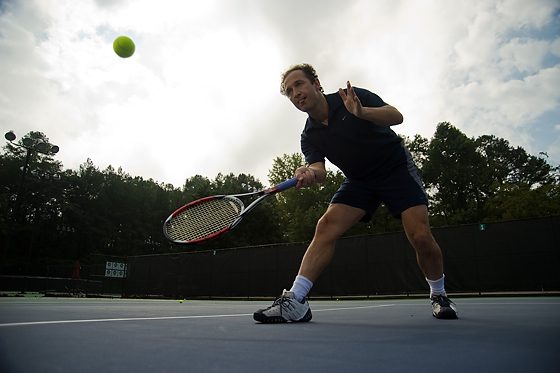
Even outside, the strobes can improve a situation. Here without the strobes, and then I added it.
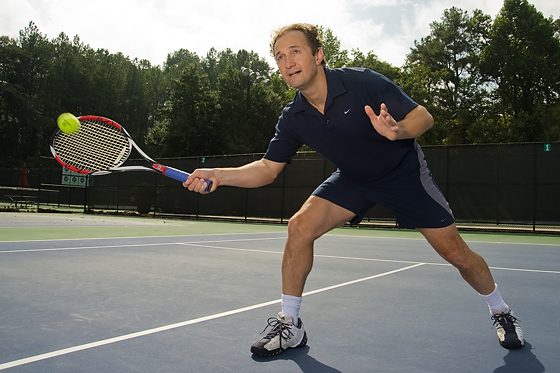
My suggestion when trying this for the first time is always first to shoot test shots without strobes. Then add them and see if they make it look better. Sometimes adding strobes can kill an ideal lighting situation. Always test and don’t assume anything.
